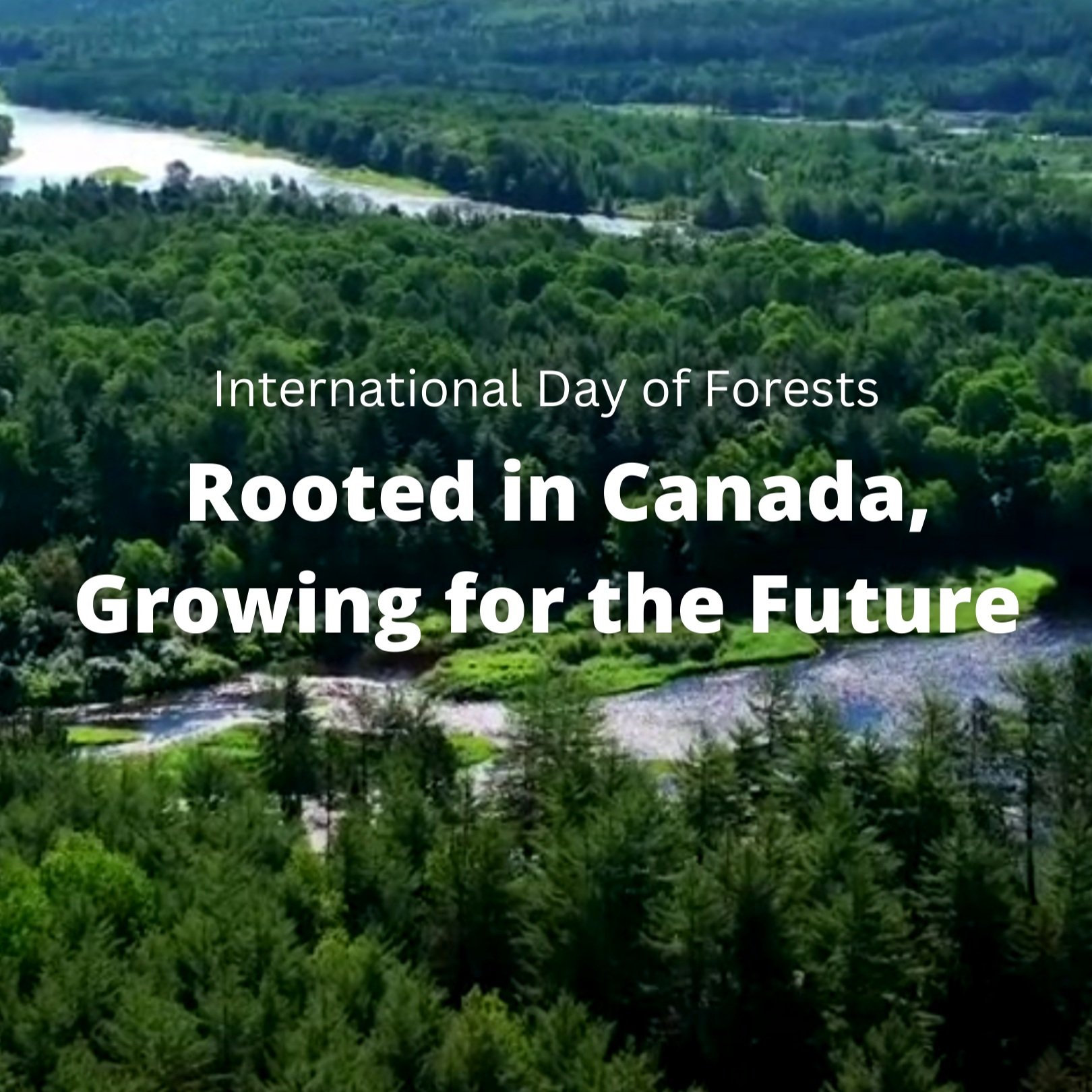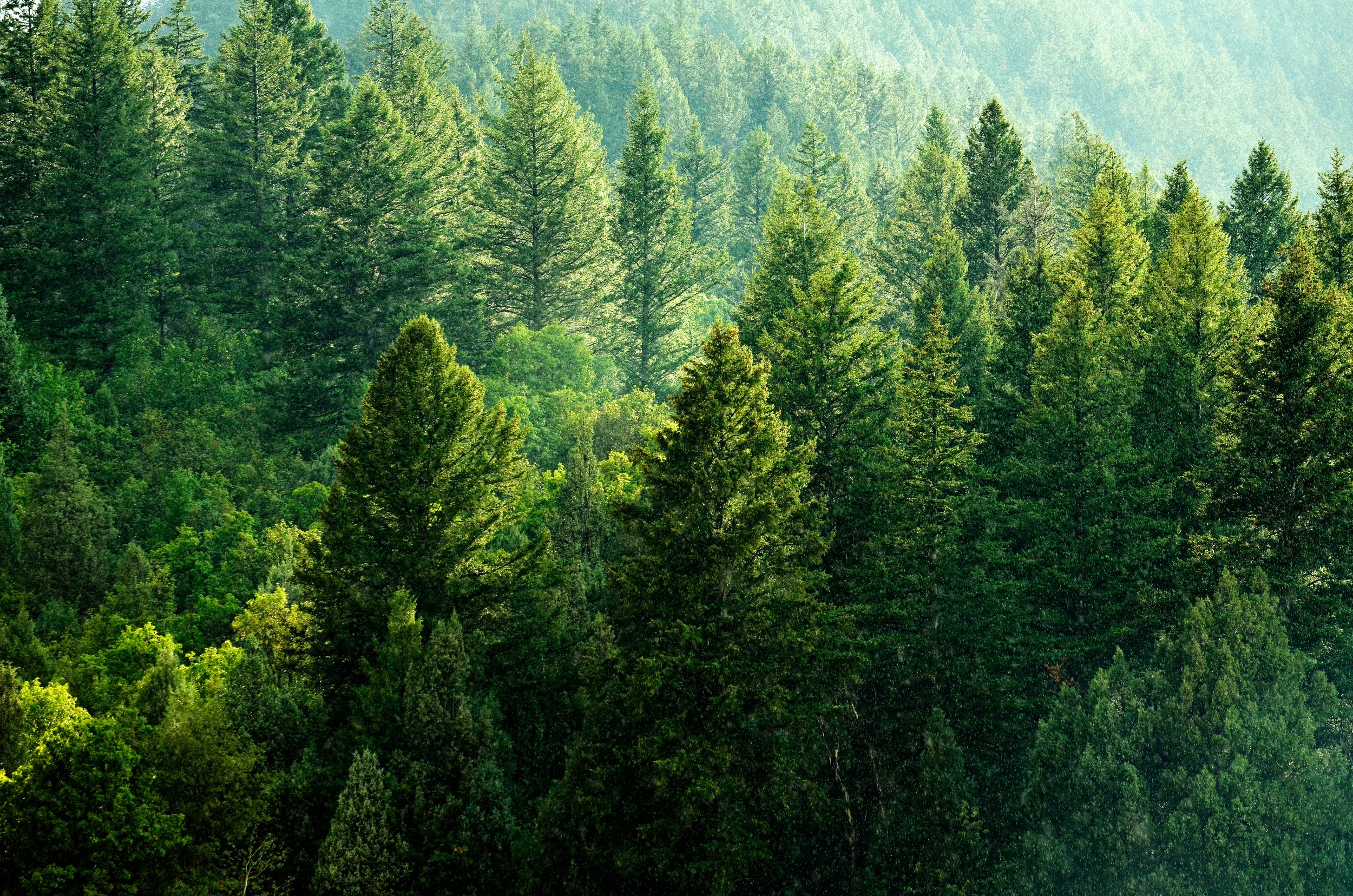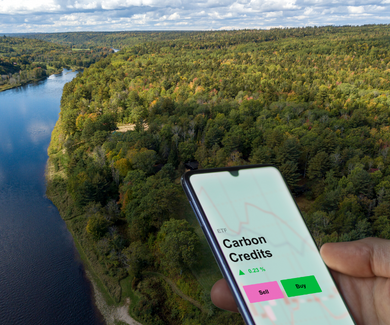
News & Insights
Climate Change & Nature Blog
Tap into the expertise of climate scientists and forestry professionals to gain valuable insights and knowledge.



Canadian-owned and Canadian-grown: why we plant forests here at home
This International Day of Forests, we’re reflecting on why planting forests right here in Canada has always been at the core of our mission.
With global uncertainty and economic shifts, investing in homegrown solutions has never been more important. Our forests clean the air, filter water, capture carbon, boost biodiversity, and strengthen communities. They’re more than trees—they’re the foundation of our national identity…

Cool Climate Club™ is leading retail into a new era of bold climate action
Cool Climate Club™ announced its launch at the Toronto Stock Exchange today, beginning its mission to make climate action impactful, accessible and undeniably cool. Together with younger generations and forward-thinking retail brands, Cool Climate Club is transforming the status quo of climate action in retail.

Canada's Forest Trust Corporation partners with Forests Canada to plant 250,000 trees across the country
Canada's Forest Trust Corporation (CFTC) and Forests Canada announced a new partnership, where the two national organizations will team up to plant trees from coast to coast. Together, the organizations will plant 250,000 trees this year, with Forests Canada contributing longstanding expertise and proudly delivering forest restoration programs focused on improving forest health and landscape connectivity to support diverse, healthy ecosystems.

Our 2025 Climate and Nature Predications: Here’s what we’re watching for in what promises to be a big year for climate and nature
In 2024, we tracked the key trends and innovations that shaped the climate scene. Now at the beginning of the year, we are looking at our crystal ball (and digging into our expertise) to make our climate predictions for 2025. We forecast there will be tough setbacks as well as some major progress.

Transforming Climate Education for a Thriving Future: A Conversation with Michèle from DoorNumberOne
Today, on International Day of Education, we shine a spotlight on the vital role education plays in shaping a sustainable future. As we face mounting climate challenges, empowering Canadian youth with the knowledge, skills, and inspiration to lead the way has never been more critical. To explore this intersection of education and climate action, we brought in an expert, Michèle Andrews…

A New Year, a New Esteemed National Advisory Board
As we start 2025, we have a number of exciting announcements up our sleeves. The first one is that we are honoured to announce our National Advisory Board of experts and leaders who will accelerate nature-based solutions in Canada.
This National Advisory Board brings together some of the trusted, respected advisors who have been instrumental in CFTC’s success to date, while also welcoming new highly-esteemed members from across Canada.

Why should we care about soil – and what can we do to protect it?
There is a lot of talk about soil health – but why exactly does it matter to our everyday lives? And in a world where there are so many issues to worry about, why should we care about soil?

Fall 2024’s Climate, Nature, and Tech News (in Under 5 Minutes)
Fall momentum is in full swing at CFTC! 🍂🌳 From behind-the-scenes forest projects to attending global events like Forward Summit, World Biodiversity Summit and Elevate Toronto, our team is working hard to help drive solutions for climate and nature.

Four business solutions to better your workplace ESG strategy.
There is a strong and growing business case to be made for the private sector to apply nature-based solutions to their operations, read this article to learn how you can better integrate nature into your ESG planning.


Subscribe to our newsletter
Sign up for our newsletter to receive the latest insights and updates on climate action plans and environmental strategies. Join our community of forward-thinking leaders now!
